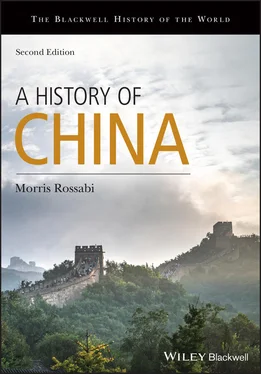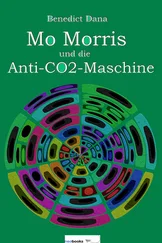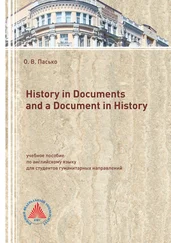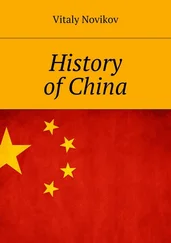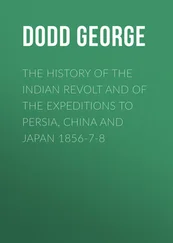1 ...7 8 9 11 12 13 ...27 Although Longshan was associated principally with the province of Shandong, other sites sharing the same characteristics were widely dispersed in the third millennium BCE. Farther to the south, around the modern cities of Hangzhou and Shanghai and other centers along the Yangzi River, archeologists have excavated villages exhibiting the same cultural features as the prototypical sites in Shandong. To the west, some villages in the provinces of Shaanxi, Gansu, and Henan, associated with the Yangshao culture, gradually manifested traits of the Longshan, and their material culture and social differentiation resembled those of the Longshan. Even farther away, archeologists have uncovered Longshan-like sites as distant as Fujian and Guangdong in the south and the Liaodong peninsula in the north.
These discoveries challenge the earlier view that Chinese civilization originated only along the bend of the Yellow River in north China. Archeological evidence now points to the existence of many regional cultures, which shared basic traits but differed sufficiently to be distinctive. This pattern of regional traits, which on occasion translated into regional autonomy, characterized China even after the creation of a so-called common culture and the establishment of a centralized government that, in theory, ruled the entire country. Historians have begun to question the concept of a monolithic China and to acknowledge the significance of regional variations, both culturally and politically. Evidence of there being many Chinas can be found for any given time in Chinese history, even at this early stage of culture. Paucity of information, however, often limits knowledge and consideration to the central authorities and the reputed dominant culture.
Throughout the third millennium BCE, regional cultures were in touch with each other. Groups living along the bend of the Yellow River, in Shandong, and in the middle Yangzi River valley were the most significant. Some relations within and between these three groups were peaceful and resulted in rudimentary commerce, while others involved violent struggles for power. Absence of written records impedes precise knowledge of the causes of these conflicts, but control of land and water and clashes between ambitious leaders no doubt provoked some of this warfare. More powerful villages swallowed up weaker ones, although in the process they were influenced by the traits and practices of the vanquished. Indeed, interaction, whether peaceful or adversarial, among these regions inevitably affected the customs and beliefs of the various regions and brought them closer together into a peaceful Sinitic culture. By around 2000 BCE, the stage had been set for cohesion and the establishment of a state.
Early Chinese legends traditionally attributed the founding of a state to a much earlier period and to a heroic man or god named Yu who, according to long-held beliefs, reputedly founded the Xia, the first dynasty. Yu was one of the last semidivine, semihuman figures who, mythical accounts claim, were responsible for vital technological and cultural advances, the origins of the state, and even the beginnings of the Earth. A divinity named Pangu is credited with the creation of the Earth. He divided Heaven and Earth and, after his demise, his body was transformed into the various features of the Earth’s environment. His blood flowed to create the lakes, rivers, and oceans; his eyes turned into the sun and moon, the brightest phenomena seen by mankind; his hair grew into the trees and plants; and even his body lice were changed – they formed human beings and animals.
Pangu, who appeared only in later texts, established the foundations of the reputed innovations and discoveries of the mythical Three Sovereigns ( Sanhuang ) and Five Emperors ( Wudi ). Paradoxically, some of the figures who supposedly trod the Earth after Pangu are noted in earlier sources. In fact, the later they are said to have lived, the earlier their appearance in Chinese historical texts. In addition, in these texts, the figures who reputedly inhabited the Earth in later times resemble humans and have been stripped of their characteristics as divinities. Naturally, the earlier figures retain their godlike attributes.
The Three Sovereigns, for example, assumed strange, nonhuman shapes and made extraordinary contributions to Chinese civilization. Fuxi and his consort Nuwa, who is variously described as his wife or his sister, are portrayed with human heads but serpents’ bodies. The sources laud Fuxi for introducing animal husbandry and marriage and creating musical instruments and the calendar. Shennong, the second of the Three Sovereigns, was China’s great economic benefactor because he reputedly initiated agriculture and commerce, and Zhurong, the last of the Three Sovereigns, allegedly instructed the Chinese in the use of fire.
The Five Emperors generally contributed to human relations rather than to techniques and inventions and were depicted in human form. Huangdi (the Yellow Emperor) reputedly devised the governmental structure and expelled the non-Chinese “barbarians” from China’s core territories, permitting the development of Chinese civilization. His wife served as a model for women, originating sericulture and undertaking domestic chores, and his principal minister created the first written symbols. Yao and Shun, the last two emperors, exemplified the Chinese values of wisdom and competence for rulers and embodied the highest virtues, as was later articulated by Confucius and his followers. Early accounts credit them with devising the characteristic Chinese governmental institutions and with setting political precedents. For example, Yao emphasized the principle of merit in the selection of officials and leaders, although his own family lost out as a result. He chose the commoner Shun rather than his own son as his successor. He judged Shun to be the most competent person to rule the territory of China under his control and forsook heredity as the main criterion for succession. Yao was particularly impressed with Shun’s unswerving devotion to filial piety, despite the cruel and inhumane treatment he received at the hands of his stepmother and father. Yao eventually gave the throne and two of his daughters in marriage to Shun, who supposedly came to be an exceptional ruler, proving that Yao’s confidence in him was not misplaced.
When Shun, in turn, needed to choose his own successor, he followed Yao’s example, overriding the hereditary or flesh-and-blood imperative in order to select the most competent person. In this case, he tapped Yu, who became a great cultural hero and is repeatedly mentioned and praised for his accomplishments in the Chinese histories. Yu tamed the Great Flood, which had caused havoc and devastation and threatened the survival of the sedentary agricultural civilization created near the Yellow River and its tributaries in north China. In effect, the sources depict him as the originator of the irrigation projects that permitted the continuance of Chinese civilization. Without flood control and simultaneous conservation of the occasionally scarce water resources of north China, agriculture could not have been sustained.
Having saved civilization through strenuous, life-long efforts, Yu was poised to follow his predecessors in selecting a successor. However, his people rejected his choice and selected his son as the heir, thereby legitimizing the principle of hereditary succession and originating the concept of a dynasty or a family-ruled state. His son’s succession to the throne resulted in the founding of the first reputed dynasty in the Chinese tradition, the Xia. The dynasty, which in theory flourished around 2000 BCE, survived until the reign of the cruel and tyrannical Jie, who so alienated his own people that they rebelled, enabling a virtuous leader named Tang to overthrow the Xia and found the Shang (ca. 1600–1027 BCE) dynasty. This portrait of a virtuous and wise founder and a depraved and evil last ruler of a dynasty became still another precedent in Chinese historical writings. The sources depict nearly every succeeding dynasty with just such a pattern – clearly attempts by usurpers to justify the overthrow of the previous rulers.
Читать дальше
